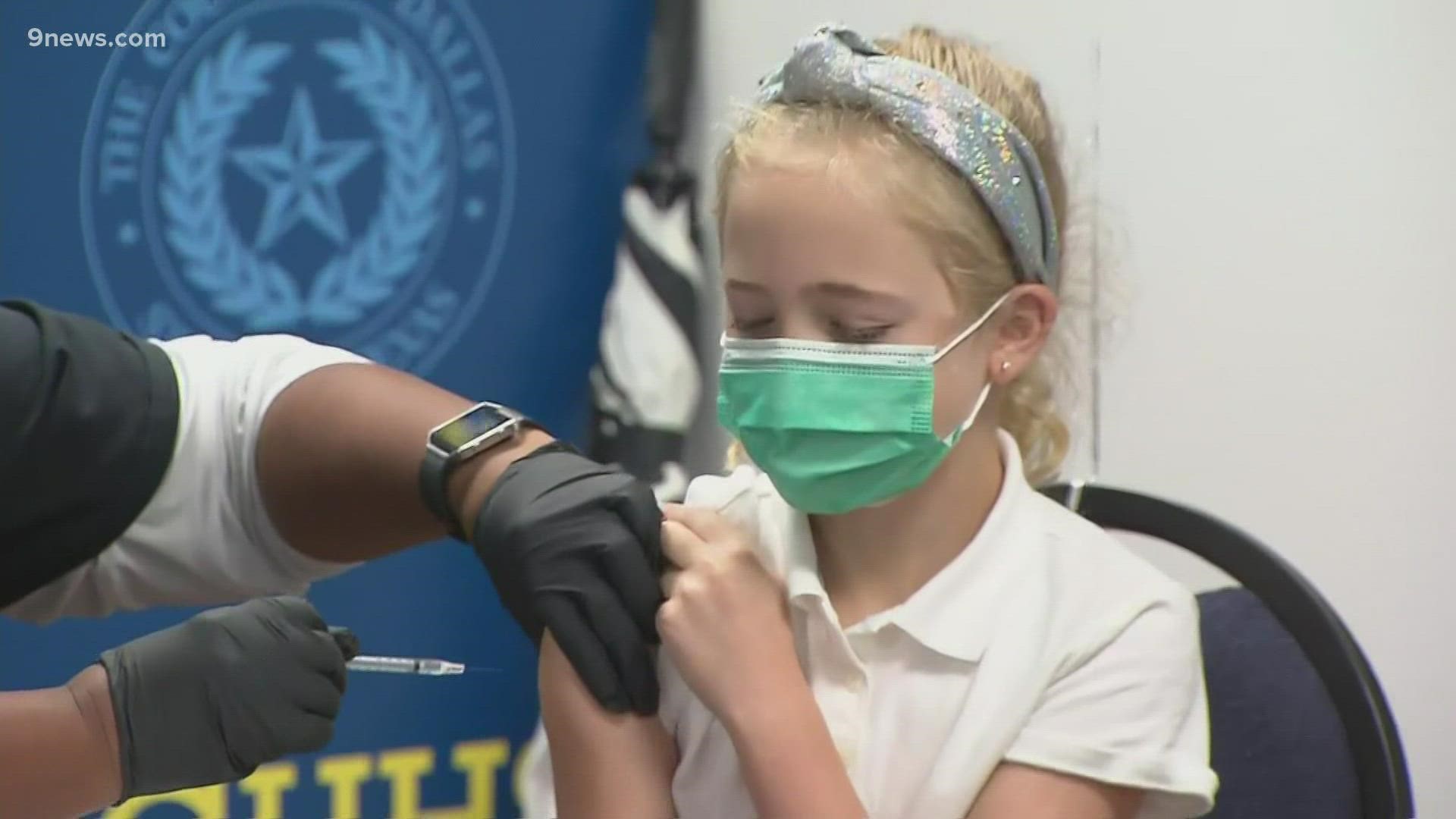AURORA, Colo. — A new study published in the Journal of the American Medical Association (JAMA) looks at the risk factors that put children at risk of severe complications from COVID-19. Those risk factors include a child’s age, race, sex, and other health conditions.
One Colorado doctor who was involved it the research hopes this will help doctors better treat future pediatric patients.
“What we wanted to better understand was, how can we predict which of these kids was going to end up in the ICU and get really sick so that we could be more aggressive with their treatment up front,” said Dr. Blake Martin, a pediatrician and associate professor at CU School of Medicine.
Dr. Martin said researchers reviewed data from more than 1 million children, ages 18 and younger, who were tested for COVID-19 between March 2020 and September 2021. Of those tested, about 167,000 tested positive for COVID-19 and about 10,000 were hospitalized.
“What we found was a bunch of different independent risk factors that were associated with these kids needing ICU therapies,” Dr. Martin said. “And that was: male sex, age over 12 years old, Black or African American race, obesity, and a bunch of different complex, chronic medical conditions -- specifically kids that have a history of cardiovascular disease, cancer, kidney problems, respiratory disease – those were the kids that were at highest risk for severe disease during their hospital visit.”
Some of these risk factors for more severe illness from COVID-19, or disparities between race, have been noted in the adult population, too.
“While it wasn’t surprising, it’s something that definitely deserves a lot of attention,” Dr. Martin said.
“And the intent of our study was to point out these individual risk factors so that researchers, including our team, can now look into – well why is this happening? Is it disparities in access to healthcare? Are there environmental and genetic factors at play? So that we can improve the outcomes of these groups.”
One of the COVID complications developed by some children is multi-system inflammatory syndrome, or MIS-C, which occurs a few weeks after a child is first diagnosed with COVID-19. Of the roughly 10,000 children hospitalized with the virus, Dr. Martin said only about 700 developed MIS-C.
“These kids are on average ‘sicker’ than kids who have traditional COVID-19,” he said. “16% of them end up needing a ventilator. Over a quarter of them end up needing medications because of impaired heart function or to keep their blood pressure up. This is a condition that is really scary and really dangerous.”
He said the children who tend to develop MIS-C tend to be younger and otherwise healthy, and not part of the population of patients that already has a medical condition prior to their COVID diagnosis.
“I think [this study] does point out that while, overall, children do fairly well with infections from COVID-19, there is a group that are at really high risk of getting really sick or dying.”
The data in this study only represents hospitalizations through September 2021, which means it doesn’t include information about children’s response to the omicron variant. That variant led to the highest number of hospitalizations among children during the pandemic in January.
Dr. Martin shared a publicly available dashboard that shares updated information about pediatric cases of COVID.
SUGGESTED VIDEOS: COVID-19 Coronavirus

